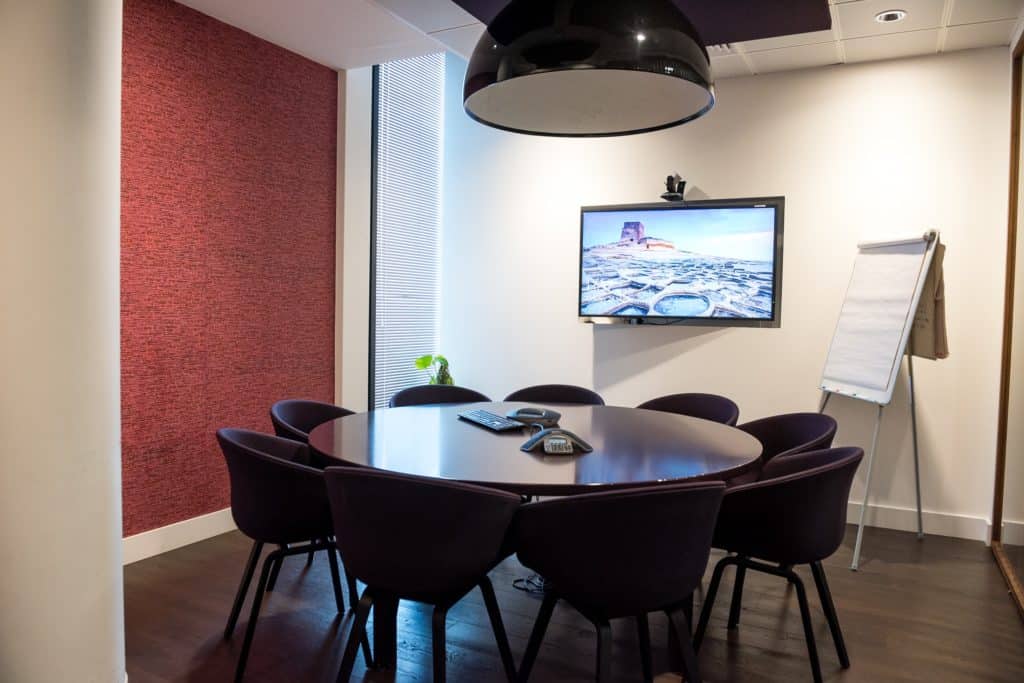In the second part of this blog post, we’re continuing our look at the file noting process and how it may be reconsidered. The first part, which focused on trying to be smarter with our process is available here. In part two, we’re focused on more technology centric tools that can assist us.
Record the meeting
This one isn’t rocket science, but you could be forgiven for thinking so given how rarely it’s used. This is a technique I’ve used personally, and see good advisers using around the country. There are a few options for this:
In person
For in-person meetings you’ll need a recording device, and you’ll need to let the client know about it. This is all in the introduction. Having done this myself, and knowing others who do it, so long as you position it as being in the clients’ interests, you’ll rarely have a client decline.

Something along the lines of: “So long as you’re comfortable, I’d like to take a recording of this meeting. It helps me to ensure nothing gets missed throughout your advice process when I have a record of exactly what was said. The recordings get stored in our database where we carefully store all your information, and we can provide a copy at your request. Would that be ok?”
As for the recording hardware itself:
Yes, there are Smartpens now. These Smartpens could be confused for being ‘a dictaphone with a pen in it’, but they’re so much more than that. By using the special microdot paper that comes with it, the pen has a camera which can see what you wrote and knows when you wrote it. The outcomes:
- You get an audio recording of the meeting, which serves as a file note.
- You can see what you wrote unfold in real time and jump the audio to what was being said at the time each pen-stroke was made.
- If you use the paper for hand-drawn diagrams, you can share the audio with the clients including the drawings unfolding just as they did in the meeting.
You can also print microdot paper, enabling you get even more from an agenda (See Pt 1) or checklist that you make notes on.
A Dictaphone/Your phone
A simple and effective option. Record the meeting and upload to your client file. ‘Nuff said.
You may still want to record or write a recap, key points, and actions required separately for quick future reference. However, that’s still far quicker than checking off everything you were supposed to say. If you really want (or you have to for an audit), you can get the file notes transcribed by an offshore VA, use a service like Temi (@ USD $0.10 pm), or this free albeit slower trick with your phone (Aussie accent approved).
For those concerned about clients being put off and not speaking freely during a recorded appointment, a middle-ground option would be to simply record a brief summary of the meeting and next steps at the end, and ask the clients to confirm that matches their understanding.
Video conference
Video conferencing makes this easier, as any good program has the option to record the meeting integrated. In my view there are two leaders in this space:

An excellent and simple video conferencing tool, ideal for the financial advice industry. Not only does SuiteBox record the meeting, but also has digital signatures embedded within it. This means not only would an SoA presentation meeting be recorded, but the client can sign the ATP during the meeting without leaving the app. This is exceptionally effective in those situations where the ATP is the only signature required.
A cheaper option, and potentially a better CX for a white-collar client who is likely to have had exposure to Zoom elsewhere. With a powerful free version that includes local recording, Zoom is an absolute minimum standard to at least replace what would otherwise be a longer phone meeting.
Financial cost: $0 – $50pm
Time cost: Significantly positive vs. manual full file notes.
CX: More professional, if admittedly a little off-putting if introduced poorly.
Risk: So long as you have a process to tick the boxes, significantly lessened.
I’m working with a group on a virtual VOIP solution that presents like a landline whilst only using mobiles, meets compliance requirements, requires no hardware, and directly feeds recordings into your CRM. If this is something you’d be interested in, Contact me.
Introducing the Micro File Note
This is a long-time favourite of mine.
A micro file note is a small record automatically made against the client file. It doesn’t capture fine or nuanced detail as a normal file note would, but creates a small record which is appropriate for minor interactions.
This tip doesn’t help with when we usually file note (ie: scheduled client meetings, important phone calls), but it’s great for those other times when we should write a file note but often don’t.
We can create a micro file note using a workflow management system that can handle a complex workflow. With a workflow that enables many possible outcomes, the user has the option to select from a range of options, each of which leave a small record of what happened. Or, as I put it, a micro file note.
Consider this comparison example:
What usually happens
- Team member has task to call a client and schedule a review.
- On Monday, an attempt is made and a voicemail is left. No record of attempt is made.
- On Thursday, an attempt is made, no voicemail left. Again, no record.
- On Friday, an attempt is made, no voicemail left. A standard email is sent manually.
At the end of this process, the email is often the only record on our file that an attempt was made. If a file note exists, it was probably made at #4 on the Friday, with a vague reference to prior calls. If the staff member was sick on the Friday, nobody would know if this has been commenced at all.
Whilst each of these micro-contacts could’ve been noted on file as the calls were made, this is rarely done and is considered non-commercial.
The Micro File Note way
- Support staff has task to call a client and schedule a review. A week earlier, when this task was set, an email was sent to a client to expect a call and giving them the opportunity to self-serve in the interim via a link to your websites Calendly page.
- On Monday, an attempt is made, voicemail left. User selects ‘Left Voicemail’, triggering task to try again. We now have a record of the attempt, timestamped, with only a click or two.
- On Thursday, an attempt is made, no voicemail is left. User selects ‘Phone rang out’, triggering final task to try and call. Again, we now have a timestamped record.
- On Friday, an attempt is made, voicemail is left. User selects ‘Left Voicemail’ and an automated email is sent.
At the end of this process, we have two emails and clear records of three attempts. Given some clients would self-serve following the first email, and both emails are automated, this process is now time-positive. If the staff member was sick on Friday, anyone could see that a follow-up task was on the task list and the file would reflect all attempts.
This is but one example. If we consider what absolute best practice would look like (from a Compliance and a CX perspective) at every client contact, we can identify options for recording these in a task management system.
One way to identify opportunities for better record keeping through micro file notes is to keep a log of all outbound client contacts, and look for instances where the contact was:
- A step or sub-step in a process;
- Was set by someone other than the user; or
- Was scheduled.
In these cases, a task management system could help streamline activity and improve record keeping.
Financial cost: Typically none, unless using an external resource like me.
Time cost: Significant cost at establishment, significant ongoing savings thereafter.
CX: No impact.
Risk: Increased likelihood of successful defence.
Self-service
As big a fan as I am of automation, self-service is an area I always approach with scepticism and caution. Where clients are approaching an adviser, they’ve forgone DIY and Google for a reason.
That said, anything that has been demonstrably provided by the client directly is a superior record to a file note. This means self-service is a free kick if we can make sure it doesn’t hinder client experience.
Some examples where we can capture data in a self-serve context could include:
- An early ‘Introduce yourself’ type questionnaire
- A pre-review questionnaire
- A post-implementation/review survey (not data entry in the KYC sense, but it’s hard to make a complaint after giving five stars)
- A duty of disclosure checklist (not great on the CX, I’ll admit, but would work well in some models)
This is something best done through your website (which we do at Simply Advice Websites), or failing that I would recommend TypeForm.
Some details aren’t perfect for capture in this process. For example, I wouldn’t rely on a questionnaire alone to confirm there haven’t been changes to personal circumstances prior to a review. However, knowing the answer in advance would help me to make more of the meeting, and we’d have a better record than a file note alone.
Similar to this concept, we can use simple forms or functions like DocuSign’s Click functionality to replace instances where we have to call or email to obtain a confirmation.
Financial cost: Little to none.
Time cost: Moderate cost at establishment, savings thereafter.
CX: Improved for most, not ideal for clients struggling with digital.
Risk: Reduced through better record keeping.
If you missed Part 1, you can find it here. If you’ve got an idea for how to go beyond the usual manual file note, we’d all love to hear it! Please throw it in the comments below.

Leave a Reply